How will Huawei’s electric drive system reshape the performance landscape of new energy vehicles? Through deep technological integration and innovative architectural design, Huawei’s system is redefining the core competitive dimensions of powertrain performance in new energy vehicles. Its impact extends beyond mere parameter breakthroughs to fundamentally reshape the underlying logic of powertrain systems.
Huawei’s pioneering ‘asynchronous-synchronous hybrid’ high-voltage four-wheel-drive solution breaks the mould of homogeneous competition in traditional electric drive systems. By leveraging the inherent advantages of asynchronous motors at high speeds and complementing them with the low-speed, high-torque characteristics of synchronous motors, it achieves seamless power delivery across the entire speed range. During high-speed cruising, the asynchronous motor reduces energy consumption while avoiding the power distribution imbalances that cause energy loss in conventional four-wheel-drive systems.
Breaking speed limits represents another pivotal shift in Huawei’s drive system architecture. Particularly noteworthy is its ‘margin-of-safety’ mass production strategy. This design philosophy stems from Huawei’s comprehensive mastery of core technologies—including motor material strength, gear-shaft dynamics, and thermal efficiency—ensuring sustained power delivery.
The intelligent integration of the powertrain constitutes a distinctive advantage of Huawei’s electric drive system. During emergency obstacle avoidance, the system synchronously adjusts torque distribution across all four wheels and braking force to stabilise vehicle posture. On low-grip surfaces, the powertrain continuously monitors wheel-end traction variations, employing millisecond-level torque adjustments to prevent wheelspin.
From an industry perspective, the technological spillover effects of Huawei’s electric drive system are becoming evident. Its highly integrated seven-in-one design significantly reduces the system’s footprint, freeing up more space for vehicle layout; its wide voltage adaptability lowers platform development costs for automakers.
How will Huawei’s electric drive system reshape the powertrain performance landscape for new energy vehicles? By offering an open electric drive platform and motion domain solutions, Huawei is driving the industry shift from single-powertrain competition towards system-level performance optimisation. This model of technological accessibility may accelerate the overall leap in powertrain performance for new energy vehicles.


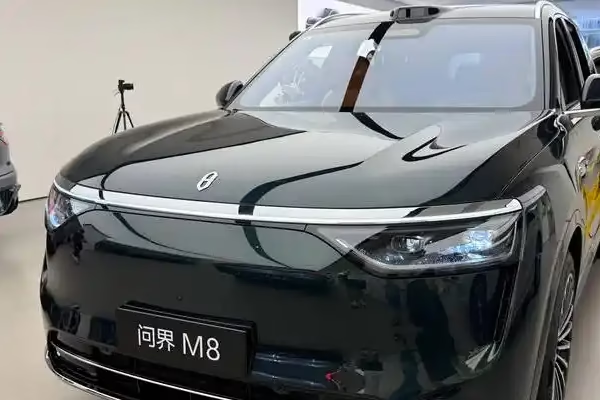
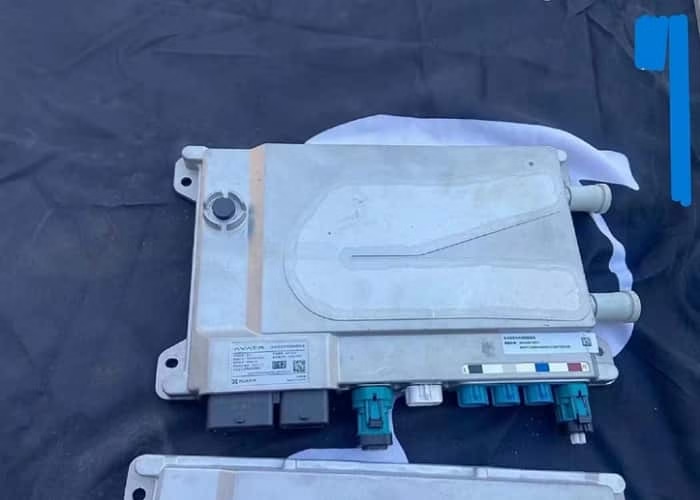
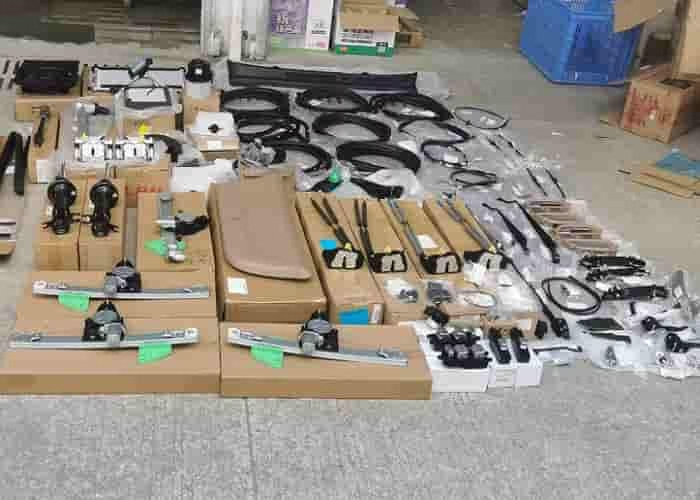



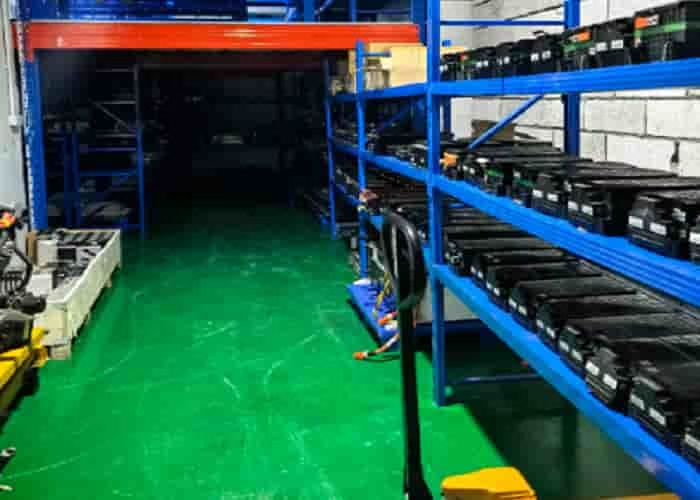
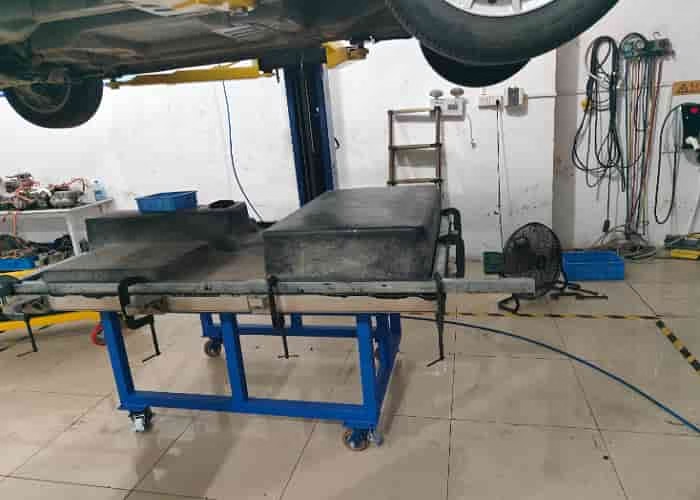
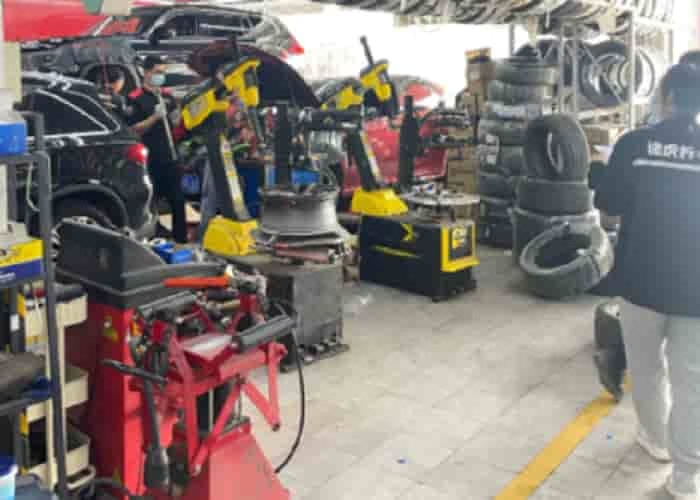
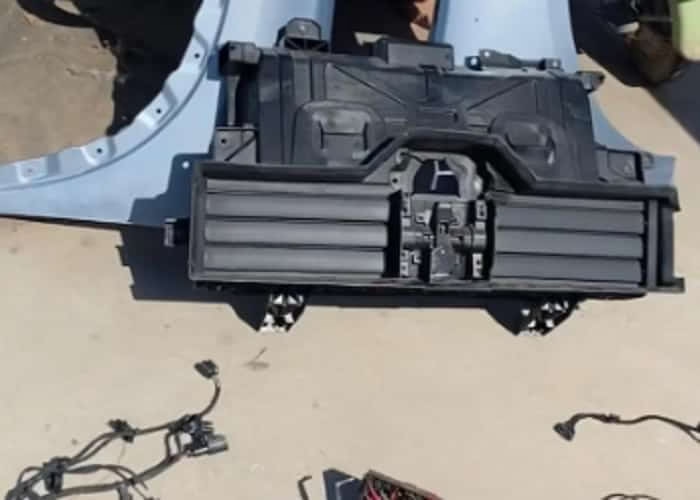




Leave a Reply